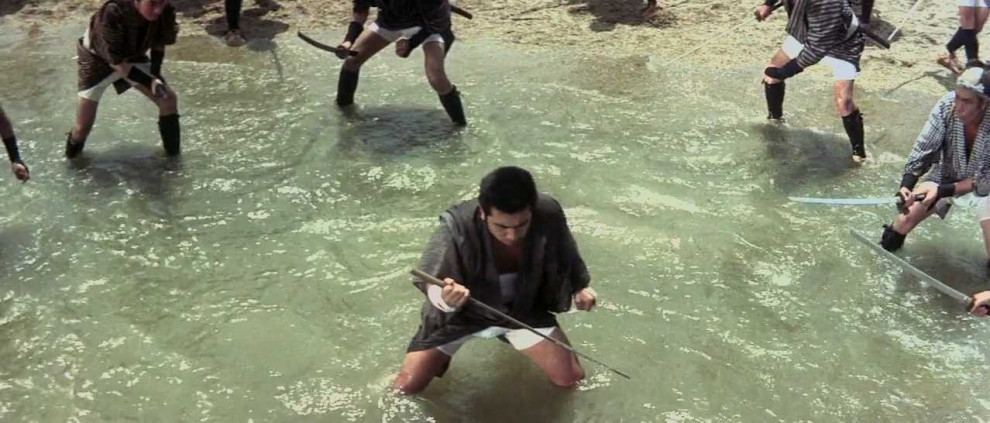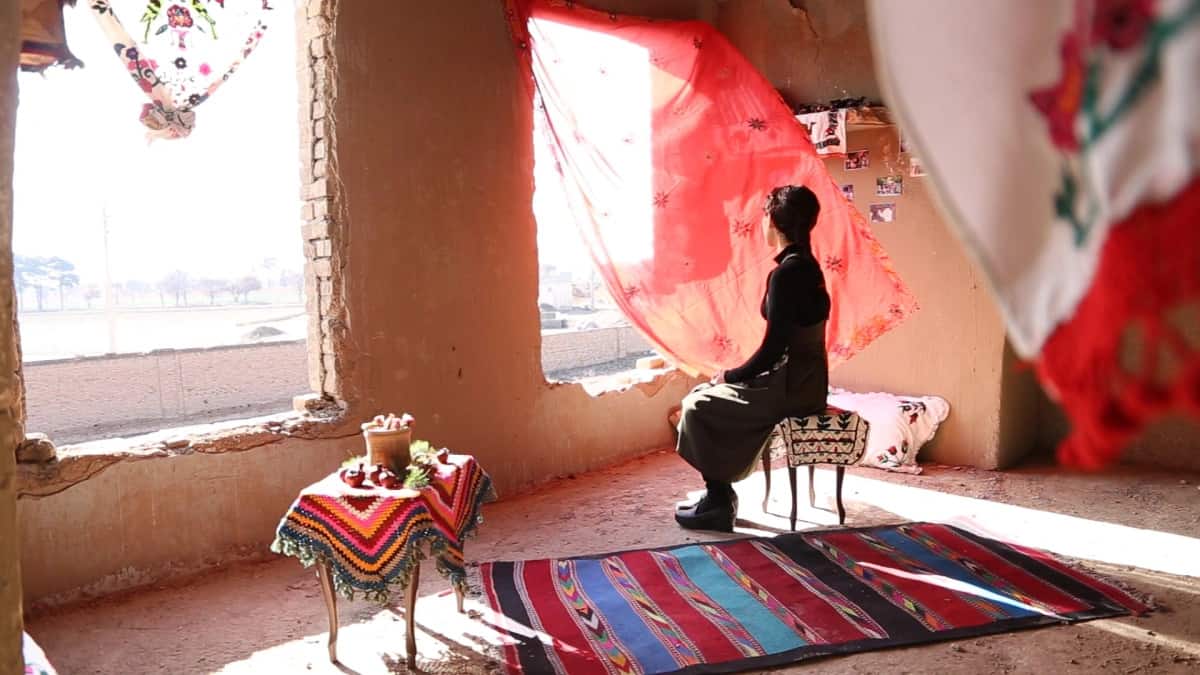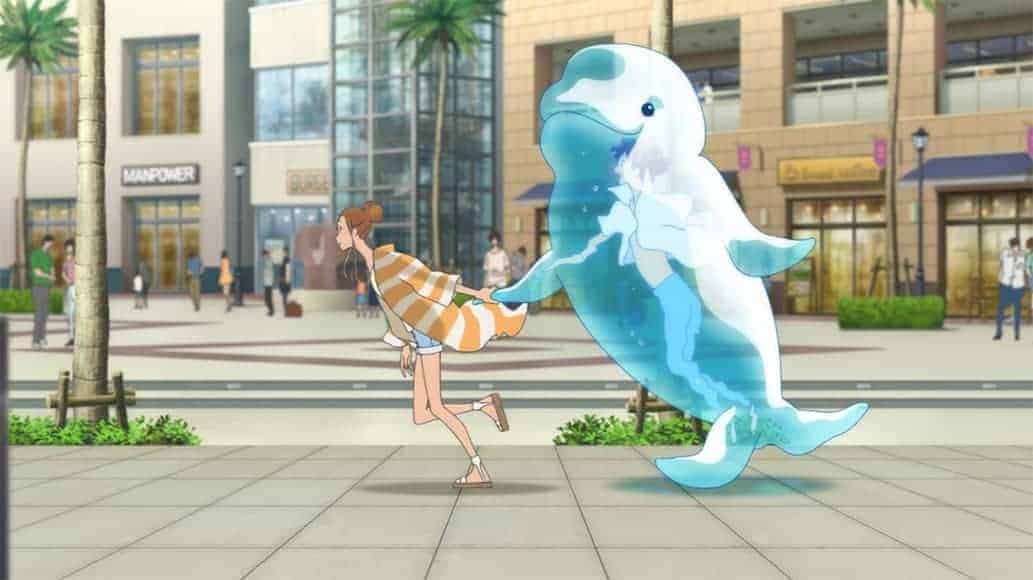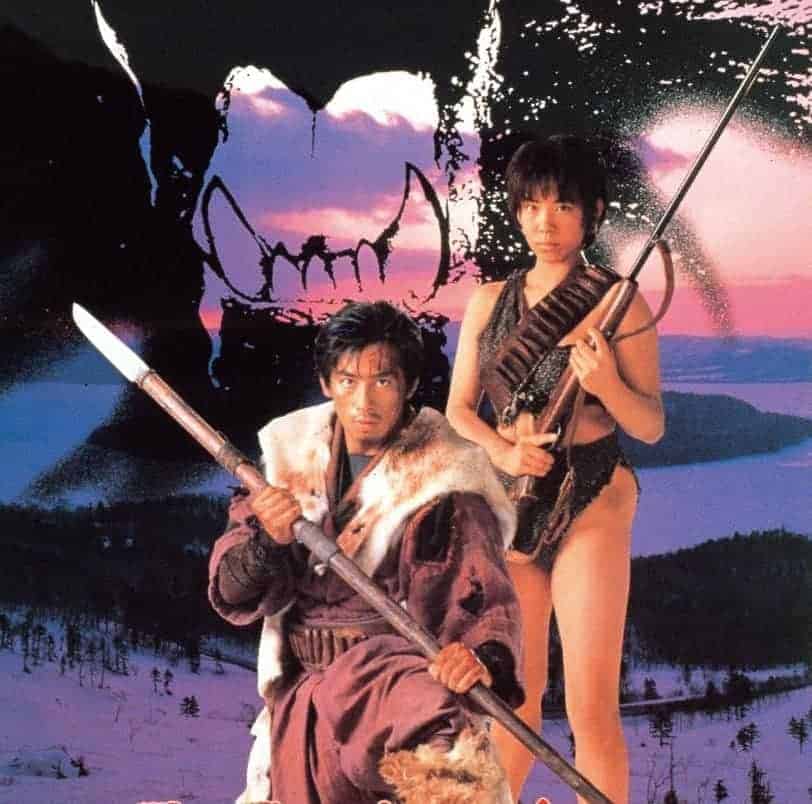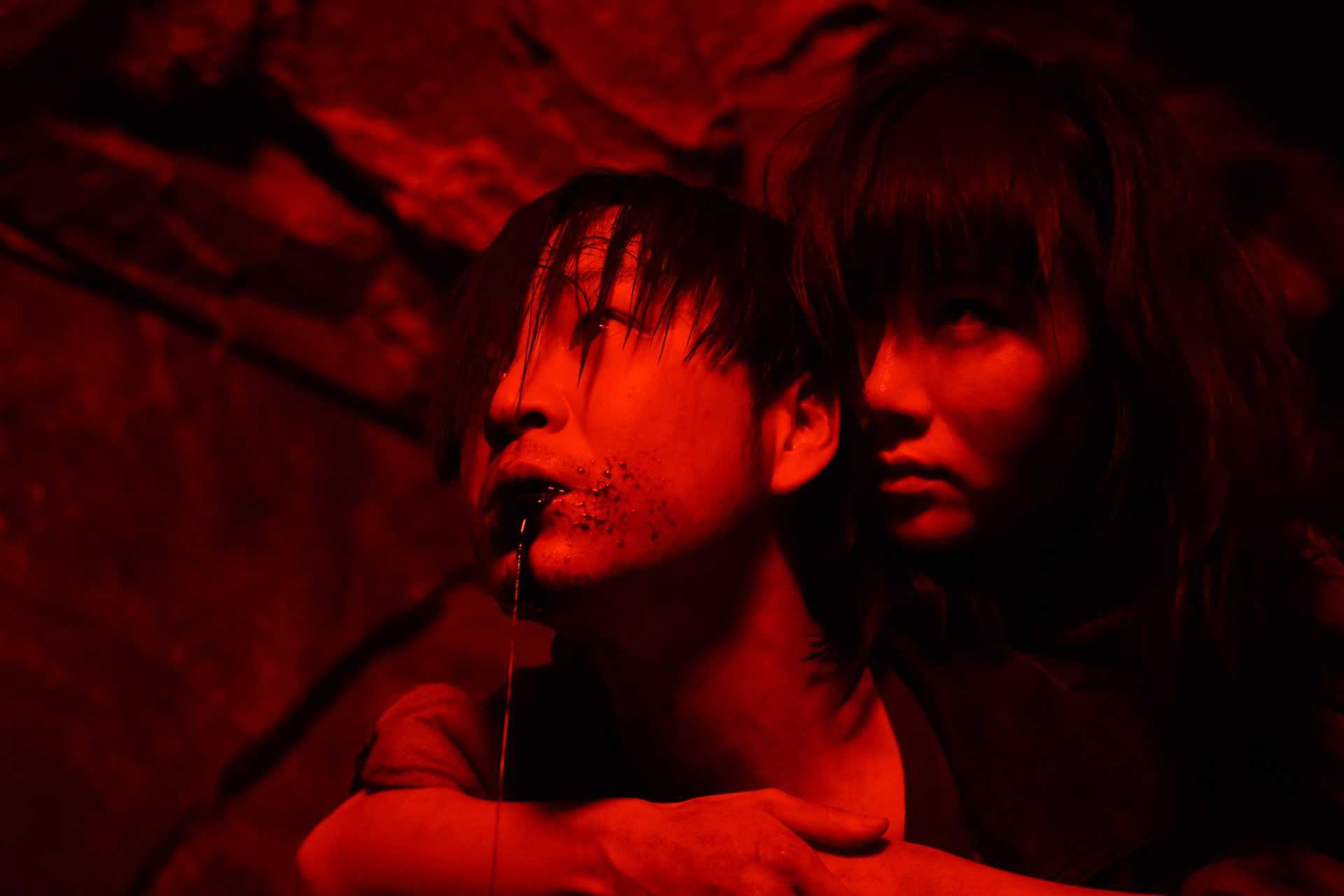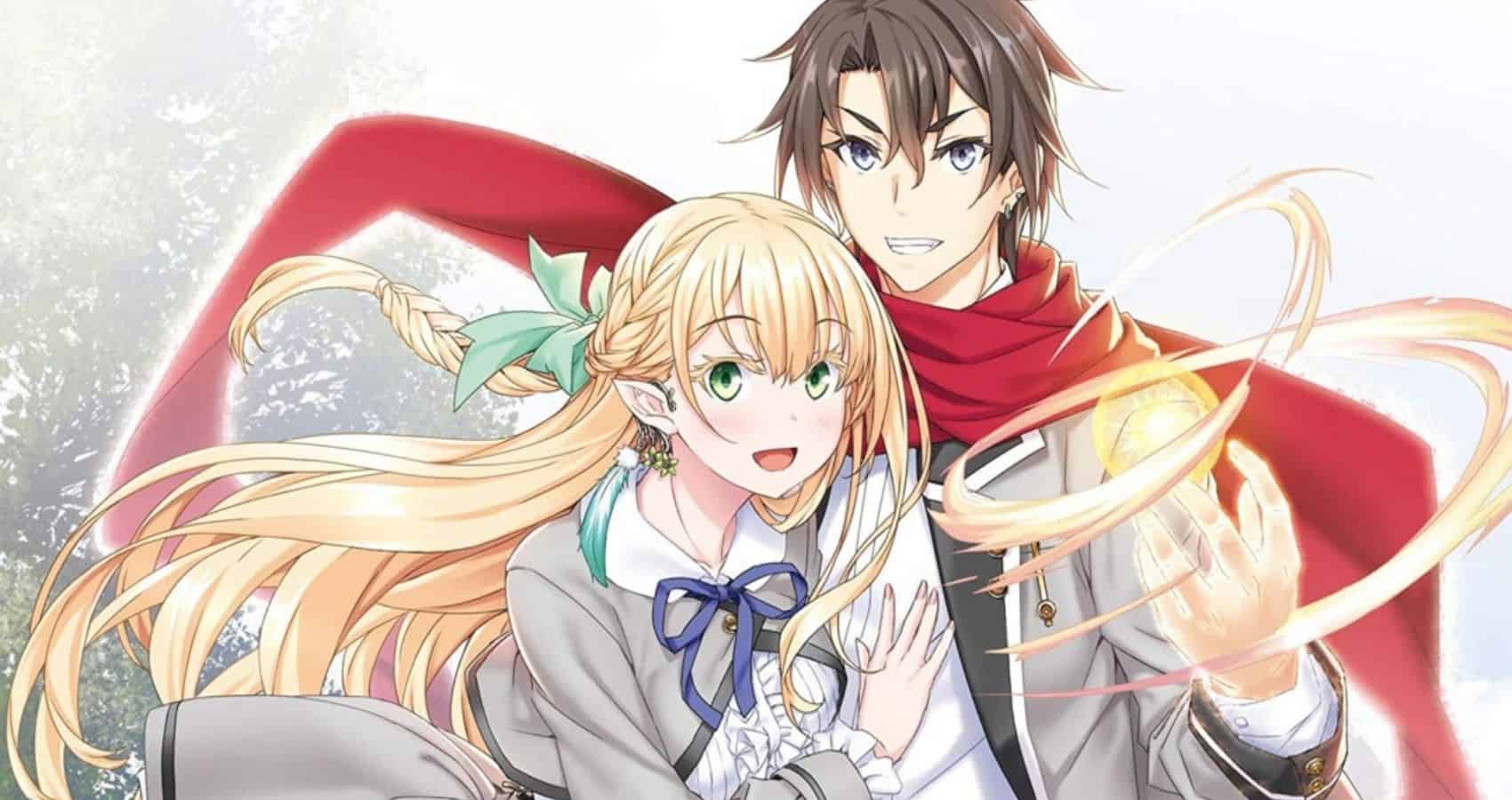After nearly settling down to domestic life with a good woman in 1963's “New Tale of Zatoichi” by Tozuka Tanaka, our hero Ichi now finds himself dodging bounty hunters and getting stuck between warring Yakuza in “Zatoichi the Fugitive”, the second Zatoichi film of 1963 which is also directed by Tanaka.
Buy This Title
Zatoichi finds there is a bounty on his head after fatally wounding a young samurai who attacks him for the reward. Promising to tell the samurai's mother of his demise, Ichi goes to his village and decides to live there until the upcoming festival that the village is preparing for. He takes up residence in the local inn, whose owner is an ex-Yakuza looking to return to his glory days and whose daughter has fallen for the heir apparent leader of the local Yakuza, who her father is plotting against. Zatoichi finds himself stuck between this curious Romeo and Juliet situation as things come to a clash between the two factions. Unbeknownst to him, also residing in the inn is Otane, Zatoichi's love interest from the past who is living there with her husband, the ronin Tanakura, who in turn is determined to defeat Zatoichi for glory.

“Zatoichi the Fugitive” takes one of the more straightforward narratives of the series so far, even though the intertwining storyline is, going back to the Romeo and Juliet reference earlier, almost Shakespearean in its scope. The script by Minduru Inuzuka and Seiji Hoshikawa uses a majority part of the film's runtime to set up the subsidiary characters and interestingly, a major part of the events that unfold in the film use Zatoichi as the subsidiary character himself, with most characters using Ichi to further their motives. As a result, when the action eventually does start, Zatoichi's involvement is completely justified. The action sequences themselves are well thought out, executed and largely satisfactory and do not feel rushed at all. This film includes some of the most elaborate action sequences, which so far in the film series have been relegated to a few shots of swift sword drawing and fast-ending duels.
Film by film, we also get to know more about Zatoichi, the man himself. Where in the previous film we saw that he is a deft hand on the shamisen and an able singer himself, here we learn that he is no novice to the sport of wrestling either, writing off opponent after opponent in an impressive opening scene in the film. It is also refreshing to see that Zatoichi is not as superhuman as the films so far would otherwise make him seem, as we see him bleed for the first time, having met his match in Tanakura. Among the highlights of these films are the unique sword drawing demonstrations that Zatoichi puts on for an eager audience and “Zatoichi the Fugitive” features the best so far in the series.

It is also good to see Masayo Banri once again in a movie of the series. Her Otane is a great antithesis to our hero and it is shame that this would turn out to be the last film we see her in in the series, for Otane brings a certain weighted gravitas to Ichi every time she appears in his life and both Shintaro Katsu and Banri play off each other quite well. Miwa Tanada is cute as a button as the naive and lovelorn Onobu. Both her and Banri's beauty is accentuated by Chishi Makiura's colour cinematography, who returns for the third time in the series. As pretty as the black-and-white images of the first two films were, the series really benefits from the advent of colour, as evident in the two climactic outdoor action scenes. Also returning for the third time is Akira Ifukube to provide the music for the film, which is slightly less epic in its scope when compared to the previous entries, but just as effective.
By this point, the formula for the series starts to become more apparent but that is not to say it is reaching stagnation in any way. In fact, with each passing film, the Zatoichi series finds ways to progress and innovate itself, with “Zatoichi the Fugitive” being a particularly strong entry into the series.


